MARKET OVERVIEW
In medical diagnostics, the Hematology Controls Market emerges as a vital player, contributing significantly to the precision and reliability of blood analysis. This specialized market provides quality control solutions for hematology instruments, ensuring accurate and consistent results in blood-related tests. The Hematology Controls Market revolves around the production and distribution of control materials that mimic human blood. These materials serve as benchmarks for hematology analyzers, enabling healthcare professionals to verify the accuracy and precision of their instruments. In a field where precision is paramount, these controls play a pivotal role in guaranteeing the reliability of hematological test results.
The significance of hematology controls becomes even more pronounced when considering the critical nature of blood-related diagnostics. From complete blood counts (CBC) to assessing various blood disorders, the accuracy of these tests holds immense importance for medical professionals in formulating diagnoses and treatment plans. Hematology controls, therefore, act as guardians of the analytical process, offering a reliable reference point to ensure that hematology analyzers are functioning optimally.
In medical technology, the Hematology Controls Market addresses the demand for robust quality assurance. Laboratories, clinics, and healthcare facilities rely on these controls to uphold the standards required for accurate patient diagnosis. The market's role in maintaining the quality of hematology testing is not just a technical necessity but a fundamental aspect of delivering effective healthcare services.
The importance of the Hematology Controls Market is underscored by its contribution to the overall efficiency of healthcare systems. By instilling confidence in the accuracy of blood test results, these controls facilitate timely and precise medical interventions. From monitoring chronic conditions to detecting acute infections, the reliability of hematology analyzers, fortified by quality controls, directly influences patient outcomes.
Global Hematology Controls market is estimated to reach $1,124.9 Million by 2030; growing at a CAGR of 6.2% from 2023 to 2030.
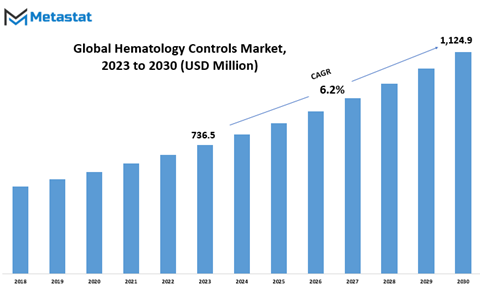
GROWTH FACTORS
The global Hematology Controls market experiences robust growth, driven by various factors that contribute to its expansion. Key drivers propel the market forward, presenting a favorable landscape for its development. Nevertheless, certain challenges pose potential obstacles to this growth trajectory. Moreover, there exist promising opportunities that could significantly benefit the market in the years to come.
One of the pivotal growth factors for the global Hematology Controls market is the increasing prevalence of hematological disorders worldwide. The rising incidence of conditions such as anemia, leukemia, and other blood-related diseases propels the demand for hematology controls, as these are crucial for accurate diagnosis and effective management of such disorders. The growing awareness among healthcare professionals about the importance of hematology controls in ensuring precise and reliable laboratory results further fuels market growth.
Moreover, advancements in technology play a significant role in the expansion of the Hematology Controls market. Continuous innovations in hematology analyzers and testing methods contribute to the efficiency and accuracy of diagnostic processes. This technological evolution not only enhances the quality of patient care but also stimulates the adoption of hematology controls across various healthcare settings globally.
Despite these favorable growth factors, challenges exist that might impede the market's progress. One such challenge is the stringent regulatory framework governing the approval and commercialization of hematology control products. Compliance with these regulations demands significant investments in research and development, which could potentially hinder smaller market players' entry and limit overall market growth.
Additionally, the high cost associated with hematology control products could pose a constraint to market expansion. The expense involved in manufacturing and quality control processes might limit their affordability, especially in resource-constrained healthcare settings. This aspect could affect the widespread adoption of hematology controls, particularly in developing regions.
However, amidst these challenges, there are notable opportunities that could shape the future of the Hematology Controls market. The increasing focus on personalized medicine and the growing trend of point-of-care testing present lucrative prospects for market players. The demand for hematology controls is anticipated to rise as personalized medicine gains prominence, necessitating tailored diagnostic solutions for individual patients.
Furthermore, the expanding application of hematology controls beyond traditional laboratory settings offers a promising avenue for market growth. The integration of hematology controls into point-of-care testing devices enhances accessibility and convenience, particularly in remote or underserved regions. This broader application spectrum opens new doors for market players to cater to diverse healthcare needs and expand their consumer base.
The global Hematology Controls market is characterized by a dynamic interplay of growth factors, challenges, and opportunities. The increasing prevalence of hematological disorders and technological advancements serve as strong catalysts for market expansion. Regulatory hurdles and cost-related challenges may present obstacles, but the market's potential remains resilient. The evolving landscape of personalized medicine and the widening application of hematology controls in diverse healthcare settings offer promising avenues for future growth, positioning the market for sustained development in the coming years.
MARKET SEGMENTATION
By Type
In the expansive landscape of the global Hematology Controls market, the categorization by type provides a nuanced understanding of its dynamics. This segmentation reveals distinctive values associated with each type, delineating their respective contributions to the overall market scenario.
The Low Control segment, a noteworthy player, boasted a substantial valuation of 259.9 USD Million in 2022. This segment, characterized by its unique attributes, plays a pivotal role in shaping the market dynamics. Its significance is further underscored by the differentiated offerings it brings to the table.
Similarly, the Normal Control segment, another integral component, held its ground with a valued contribution of 221.5 USD Million in 2022. Its role within the market framework is vital, reflecting a balance that resonates with the industry's requirements. The consistent demand for Normal Control underscores its relevance and influence.
In tandem, the High Control segment, with a commendable valuation of 206.3 USD Million in 2022, stands as a robust element in the market dynamics. Its distinctive characteristics cater to a specific set of needs, contributing significantly to the overall market tapestry. The High Control segment's presence is a testament to the diverse requirements within the industry that it adeptly addresses.
By Application
Shiftingg focus to the application facet, the market's segmentation into different applications delineates the diverse areas where these Hematology Controls find utility. Each application segment bears its own weight, reflecting the varied demands emanating from different sectors.
Hospital Laboratories, a substantial contributor, held a considerable valuation of 397.3 USD Million in 2022. The integral role played by Hospital Laboratories in the utilization of Hematology Controls is evident from their substantial market share. Their dependence on these controls highlights the criticality of such products in maintaining the integrity and accuracy of medical diagnostics within hospital settings.
On a parallel note, Commercial Service Providers, with a noteworthy valuation of 172.2 USD Million in 2022, carve a distinctive niche in the market. Their reliance on Hematology Controls speaks to the broader applications of these products, extending beyond clinical settings into commercial and service-oriented domains.
Government Reference Laboratories, valued at 73.3 USD Million in 2022, hold a specialized position within the market. Their contribution signifies the unique requirements and standards adhered to by government agencies, emphasizing the tailored nature of Hematology Controls to meet diverse industry specifications.
The Research & Academic Institutes segment, with a valued contribution of 44.9 USD Million in 2022, signifies the role of Hematology Controls in the academic and research realms. The importance of maintaining stringent quality control in these environments is mirrored in the demand for Hematology Controls within research and academic institutions.
The segmentation of the global Hematology Controls market by type and application unravels a narrative of diversity and specificity. Each segment, characterized by its distinct valuation, underscores the tailored nature of Hematology Controls in meeting the varied demands emanating from different corners of the market. The interplay between these segments paints a comprehensive picture of the market's multifaceted dynamics, showcasing the pivotal role played by Hematology Controls across a spectrum of applications and industries.
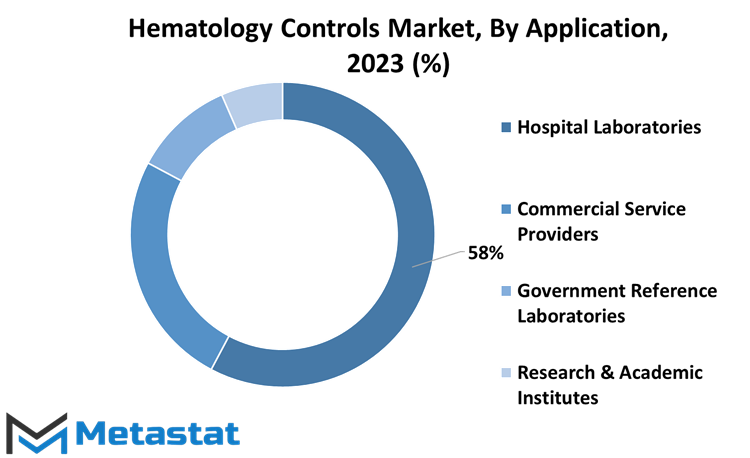
REGIONAL ANALYSIS
The global Hematology Controls market exhibits geographical diversity, with North America and Europe standing out as prominent regions in this domain. These regions play pivotal roles in shaping the landscape of the Hematology Controls market. North America, a key player in this market, encompasses a robust healthcare infrastructure and a significant focus on research and development. The region's commitment to technological advancements fosters growth and innovation within the Hematology Controls market.
Similarly, Europe, with its well-established healthcare systems and emphasis on quality standards, contributes significantly to the global Hematology Controls market. The region's commitment to stringent regulatory frameworks ensures the reliability and efficacy of Hematology Controls. European nations actively participate in the market, driving advancements in hematology diagnostics and control systems.
The North American and European markets synergize their efforts to address the increasing demand for Hematology Controls globally. These regions, with their established healthcare practices, serve as benchmarks for other markets, influencing the trajectory of the global Hematology Controls market. The collaborative endeavors of North America and Europe contribute to the ongoing advancements in hematology controls, ensuring the market's resilience and adaptability to evolving healthcare needs.
The global Hematology Controls market draws strength and innovation from the distinctive contributions of North America and Europe. These regions, driven by their advanced healthcare infrastructures, not only shape the current landscape of the market but also play pivotal roles in steering its future trajectory. The symbiotic relationship between North America and Europe underscores their joint commitment to advancing hematology diagnostics and controls, making a significant impact on the global healthcare landscape.
COMPETITIVE PLAYERS
The global Hematology Controls market sees active participation from key industry players, with Diatron and Cardinal Health standing out prominently. These companies play a vital role in steering the dynamics of the Hematology Controls industry.
Diatron, a noteworthy player in this landscape, contributes significantly to the market's vibrancy. With a focus on ensuring the quality and reliability of hematology controls, Diatron's influence extends across various aspects of the industry. The company's commitment to delivering accurate and consistent results in hematology testing bolsters its standing in the market.
Similarly, Cardinal Health, another major player in the Hematology Controls sector, adds to the competitive edge of the market. Cardinal Health's impact is notable, particularly in providing solutions that enhance the precision and efficacy of hematology testing. Their involvement reflects a commitment to advancing the standards of quality control in hematology.
The operations of these key players underscore the critical role they play in shaping the Hematology Controls market. Their contributions go beyond mere participation; they actively influence the standards, practices, and innovations within the industry. As pivotal entities, Diatron and Cardinal Health contribute to the ongoing evolution and advancement of the Hematology Controls sector, ensuring its continued growth and efficacy in the broader medical field.
Hematology Controls Market Key Segments:
By Type
- Low Control
- Normal Control
- High Control
By Application
- Hospital Laboratories
- Commercial Service Providers
- Government Reference Laboratories
- Research & Academic Institutes
Key Global Hematology Controls Industry Players
- Diatron
- Cardinal Health, Inc.
- Horiba, Ltd.
- Thermo Fisher Scientific Inc
- Boule International
- Bio-Rad Laboratories, Inc
- Mindray Medical Pvt Ltd
- Abbott Laboratories
- CLIAwaived Inc
- Beckman Coulter, Inc.
- Randox Laboratories Ltd.
WHAT REPORT PROVIDES
- Full in-depth analysis of the parent Industry
- Important changes in market and its dynamics
- Segmentation details of the market
- Former, on-going, and projected market analysis in terms of volume and value
- Assessment of niche industry developments
- Market share analysis
- Key strategies of major players
- Emerging segments and regional growth potential



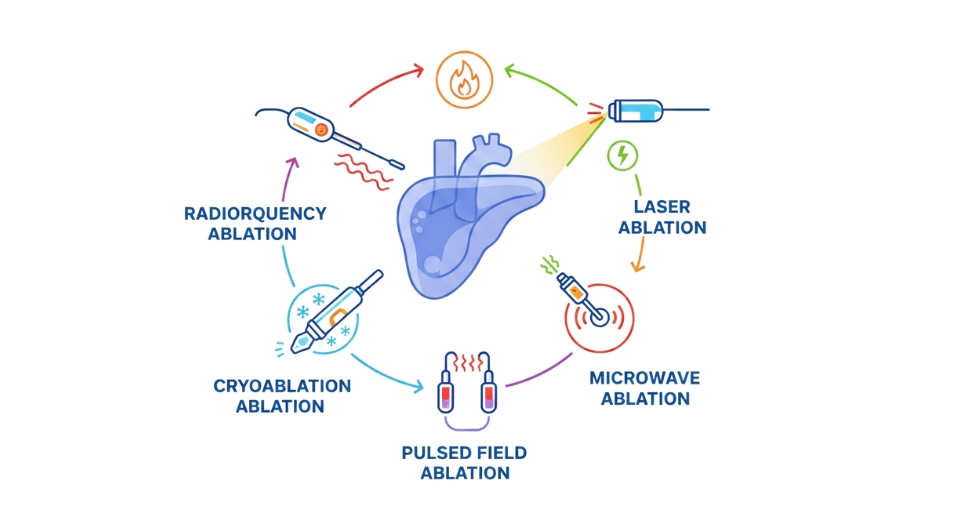

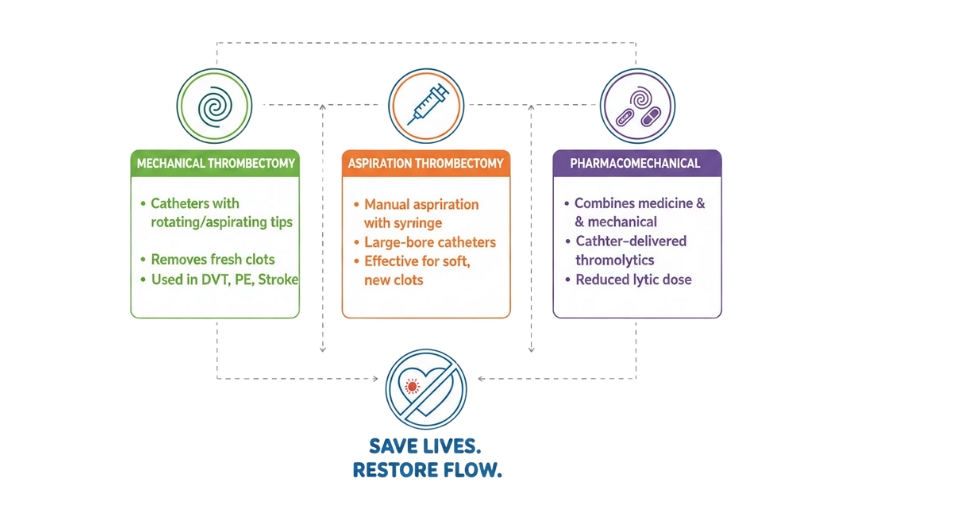
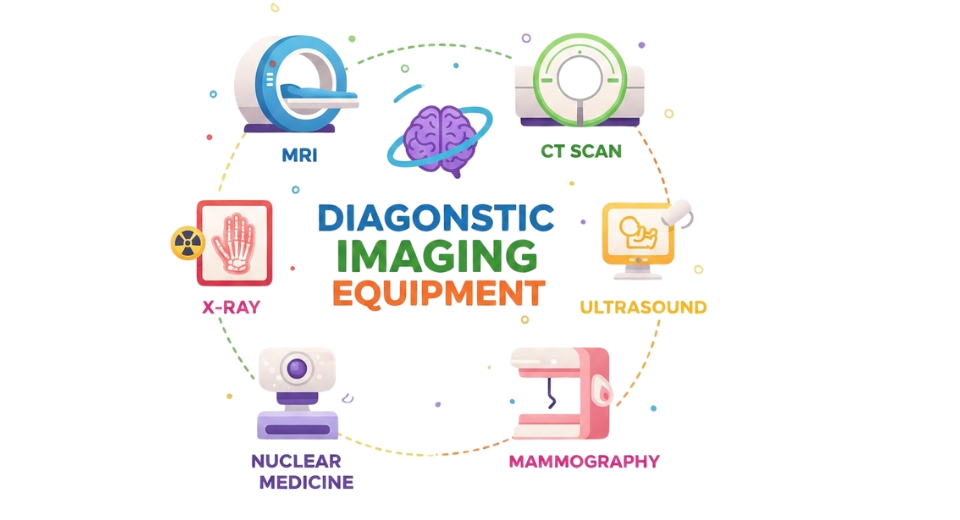

 US: +1 3023308252
US: +1 3023308252






